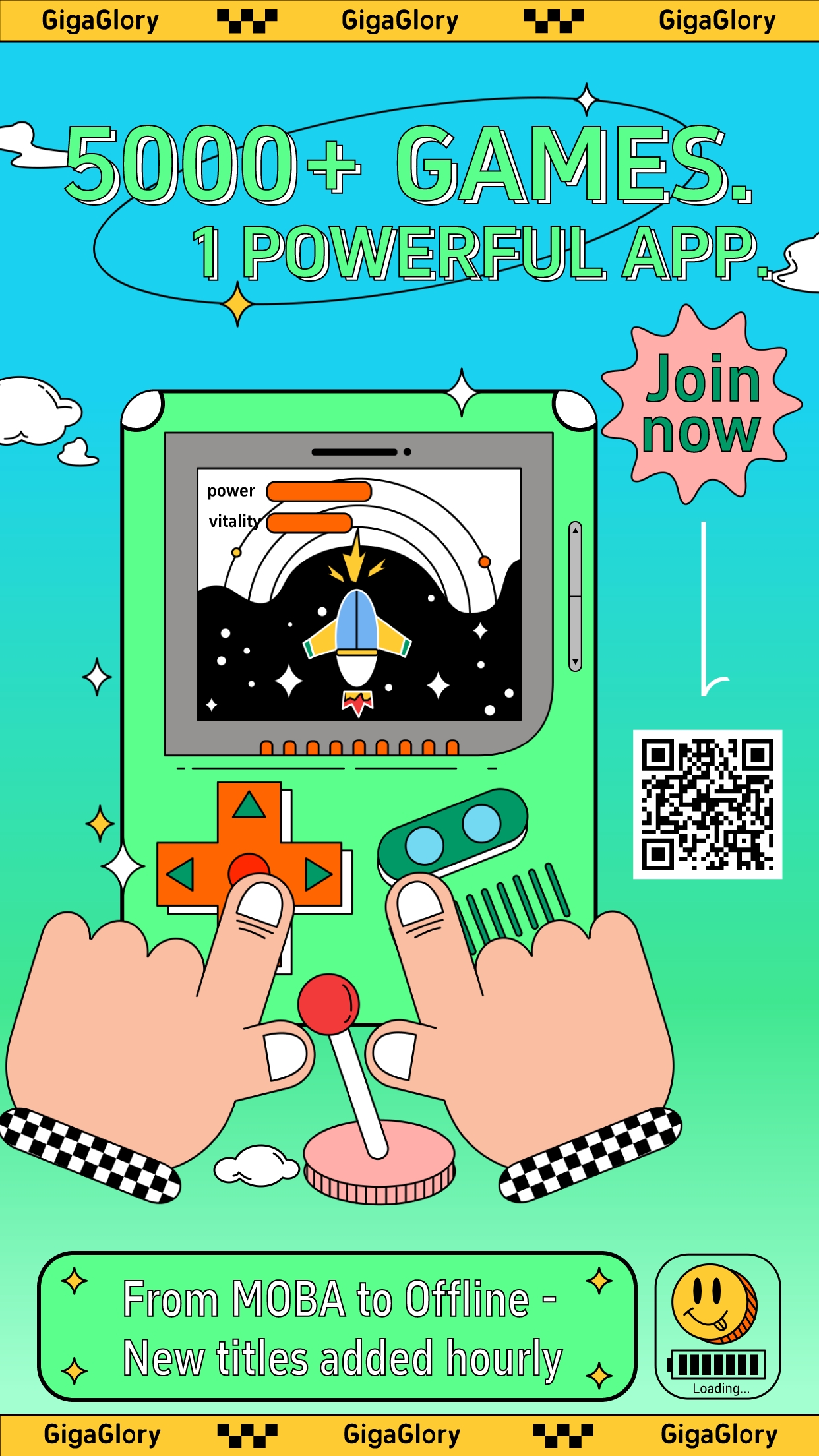The gaming industry is in the middle of an epic shift, driven largely by MMORPGs. While traditional single-player RPGs and action games continue to exist in their lane, massive multiplayer titles like Final Fantasy XIV and Lost Ark have proven just how addictive cooperative online play can be—whether you're storming a dragon's keep or exploring a vast story-driven world alongside your squad. And if there’s one trend redefining engagement these days, it's how co-op mechanics are dominating both mainstream studios and indie projects alike.
In fact, the rise of co-op elements in the latest **best story mode games on Steam** has created fresh appeal, giving players more reason than ever to jump into long-form narratives that reward not individual dominance, but shared effort. From couch local co-op throwbacks to next-gen cloud-linked experiences—it's clear this evolution isn't stopping soon. Let’s break down what makes these systems work and how teamwork truly reshapes the way we game.
Why Are Co-op MMORPGs Surging In Popularity?
Once upon a time, the average fantasy roleplayer either solo’d quests or joined random parties for boss fights with little trust built between players. Now? That landscape feels outdated. Co-op (collaborative gameplay) introduces layers of strategic complexity and emotional connection—making the journey just as rewarding as reaching the endgame loot chest.
- Pulling together to beat challenging enemies builds camaraderie like nothing else
- Cleaner user interfaces and matchmaking tools now connect like-minded players quickly
- Narratives tailored to group play feel richer than typical linear adventures
- Friendly competition boosts retention—no two runs need play out the same
In a recent interview developer Alex Miao noted: “There’s something special when your friends are literally relying on you to hold aggro while you're trying not to die—those tension-filled moments bond people better than chatlogs could ever replicate." It might sound cheesy, but those kinds of stories stay with you longer than even the prettiest cutscene.
How Does The ‘Best Story’ Format Blend Into This?
The line between immersive cinematic RPG plots and fast-action looters grows thinner year after year. Take *Asura*, a lesser-known but deeply beloved title featuring branching paths and party decisions that affect world outcomes based purely off what choices your teammates make.
This isn’t a solo tale; every chapter forces collaboration. For example, in Asura’s infamous Clockwork Sanctum raid, each player’s class must contribute specific puzzle-solving abilities—meaning rogue-type glass cannons may end up frustrated but also humbled by having to support rather than shine.
| Mechanical Elements | RPG Focus Game Example A | Co-op Heavy Game B |
|---|---|---|
| Mainly solo questlines | Dishonored: Death of the Outsider | Hollowed Bastion Tactics Online |
| Multithreaded party decisions shaping events | Baldur's Gate II: Shadows of Amn | Tomekeepers' Legacy: Echoes |
| Skill combos requiring synchronized timing | Middle-earth: Shadow of War (occasionally) | Eclipse Vanguard Revolt |
Players seem hooked on titles that demand communication—like sharing item slots strategically to maximize damage potential or planning rotations around crowd-control patterns instead of going in blind guns blazing. It turns raw combat efficiency into almost choreographic dance.
What About Food Choices in All Of This?
This seems left field, yet hear me out: When your gaming session stretches late past midnight, certain foods match the intensity better than others. And hey, when hosting a co-op LAN or team voice call battlefest, snacks play their role!
Popular Teammate-Approved Snacks To Match Intensity Levels
- Sausage Stew Afterhours Snack—think warm comfort meals that last long without distractions
- Fruit bowls or nuts mix — for slower paced raids where focus still matters, but not twitch-based reflex
- Breads to go alongside soup — easy spoon-to-hand balance that works perfect when you don't want to pause for five full minutes
Ever tried crunching hard popcorn while casting precise timed counters in Phantos Arena Mode? You won’t survive three bosses in a row. The sensory feedback from crunchy food throws your coordination off. Instead, reach for the stew and maybe grab some soft buttery baguettes.
Looking Ahead – How Might This Trend Evolve Further?
We’ve come from guild wars and dungeon crawls into a new space where AI-controlled companions aren’t enough anymore—we want unpredictable humanity at the other end. Games like Project Overture and Neon Nexus Reborn are starting experiments integrating real-world social contracts (shared XP only rewarded during offline breaks together) as a means to encourage actual human connections—not just pixels interacting politely on screen.
This hints toward future where digital storytelling doesn't simply cater to individuals choosing branches but shapes arcs according to how groups behave as a whole—a fascinating ethical gray area for sure but thrilling too.
Conclusion
So yeah—you should definitely dive into today's rising wave of coop-centered MMORPGs. Whether its tackling chaotic content like Obsidian Hollow Skirmish Raids, experimenting within choice-determinant narratives found only among the top **best steam story modes** available right now, or grabbing a slice from that loaf alongside your broth pot…there’s never been a more interesting—or connected! Time—tobe playing with friends by side, or halfway around th globe (literaly).
If anything's clearer now than five years back, its this: The heart of any great RPG lies not in stats alone, but the memories we craft—and protect—together along the adventure.



